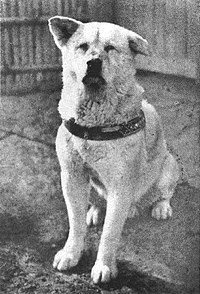Την λένε Georgia Harrup, είναι 27 χρονών και δουλεύει ως τηλεφωνήτρια. Και ήρθε η σειρά της να αποδείξει ότι έχει ταλέντο, όπως εξάλλου και η ξαδέλφη της Adele.
H Georgia εντυπωσίασε τους κριτές του βρετανικού Τhe Voice- Will.i.am, Sir Tom Jones, Kylie Minogue και Ricky Wilson- τραγουδώντας ένα κλασικό κομμάτι, τοHallelujah I Love Him So του Ray Charles. Φυσικά, και πέρασε στην επόμενη φάση του talent show και μάλιστα επέλεξε να είναι στη ομάδα του Tom Jones.
Όσο για τη συγγένειά της με τη διάσημη Adele, αποκάλυψε ότι την έμαθε μόλις πριν από πέντε χρόνια όταν ο πατέρας της επικοινώνησε με ένα μακρινό συγγενή του. Ο πατέρας της, λοιπόν, που είναι κιθαρίστας, είναι ο αδελφός της γιαγιάς της Adele. «Πάντα θαύμαζα την Αdele, και αποτελούσε για μένα έμπνευση, οπότε όταν ο πατέρας μου με ενημέρωσε γι’ αυτή τη συγγένεια δεν μπορούσα να το πιστέψω», είπε η Georgia.
by Gorgina..!




